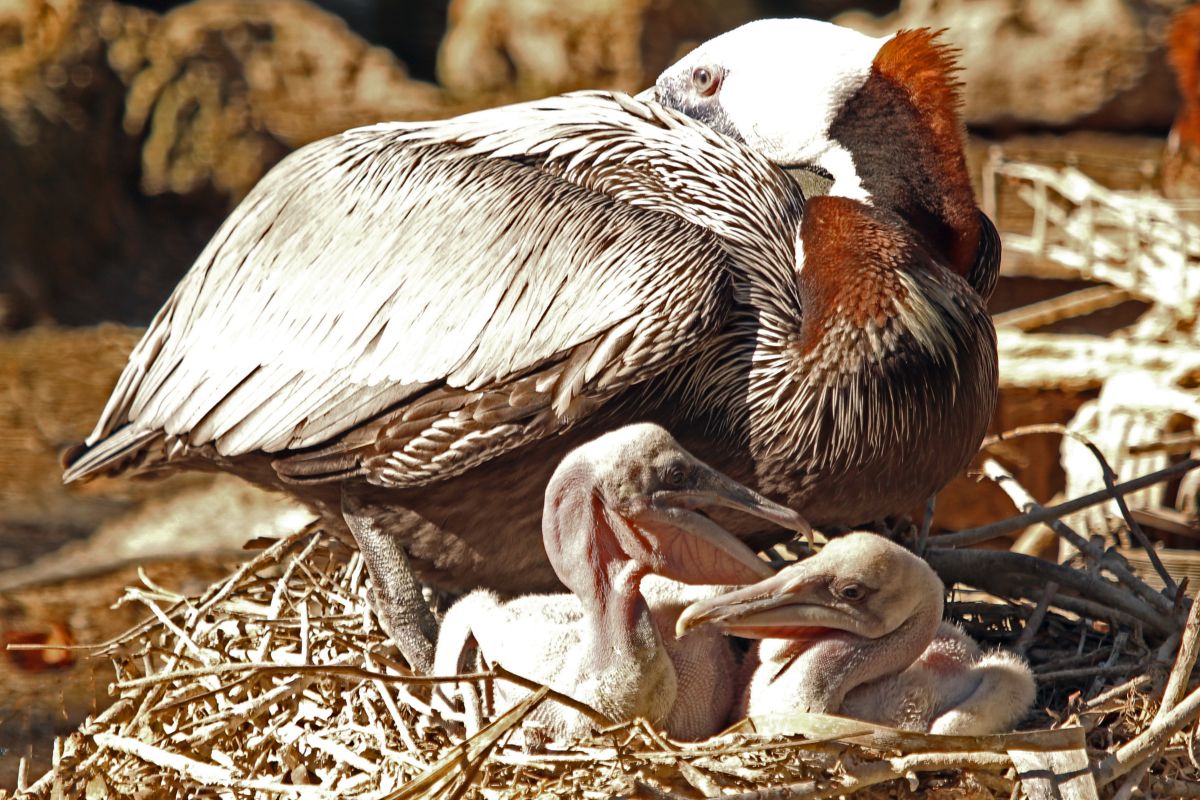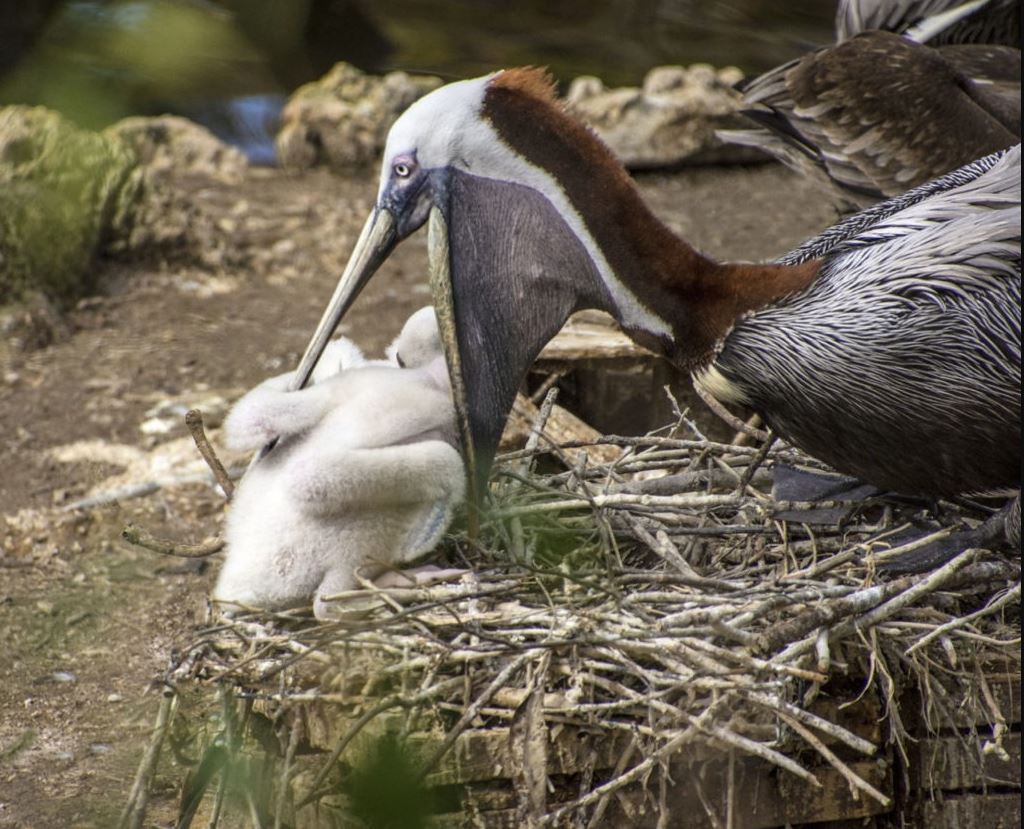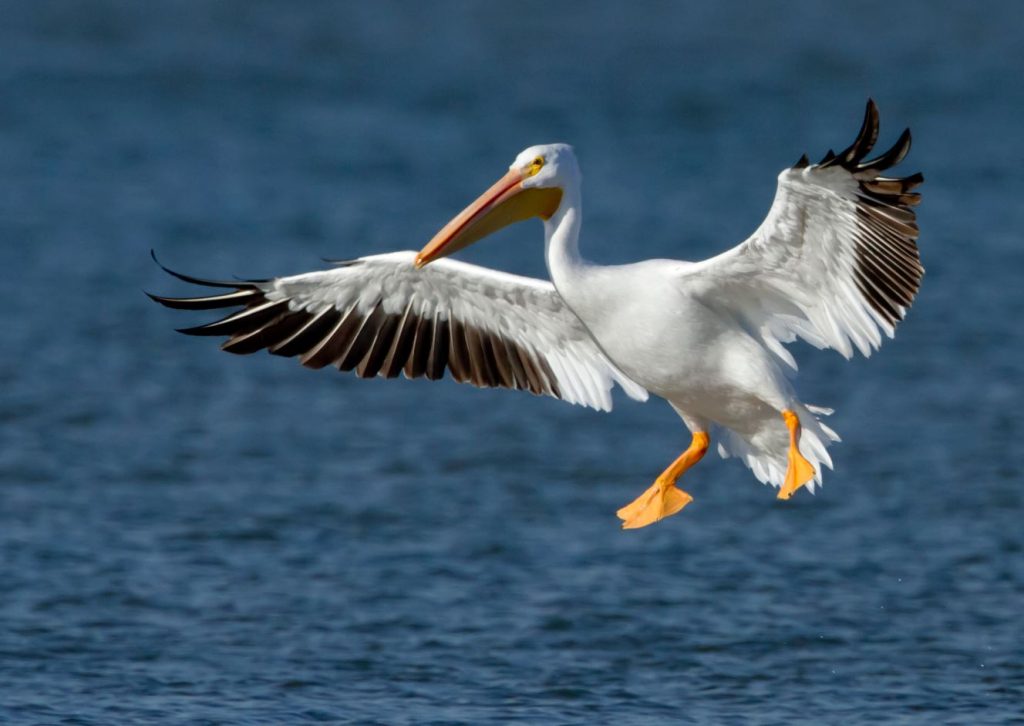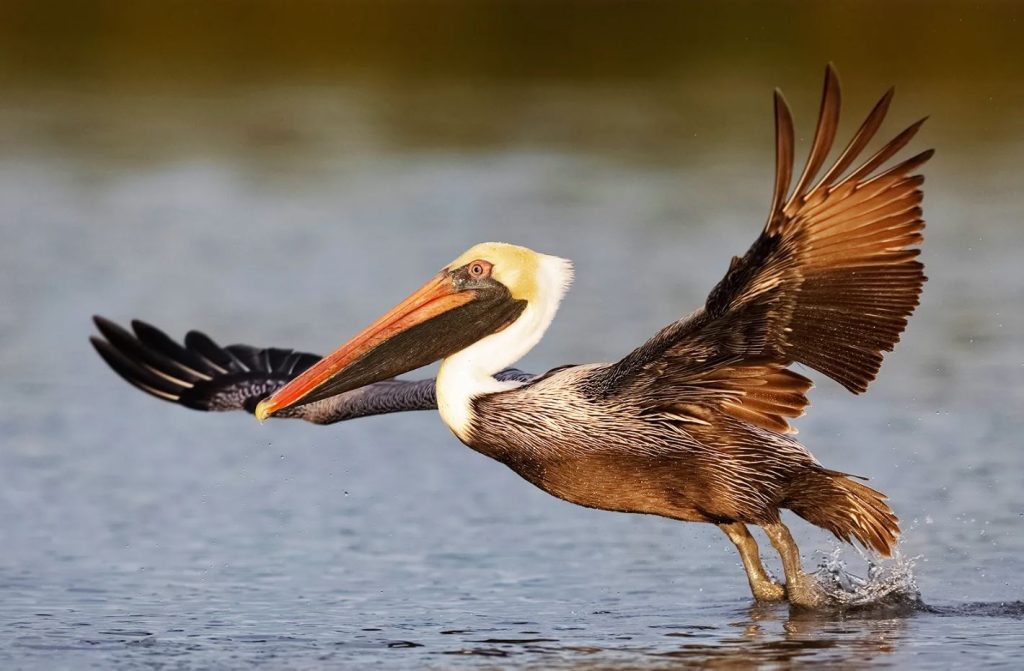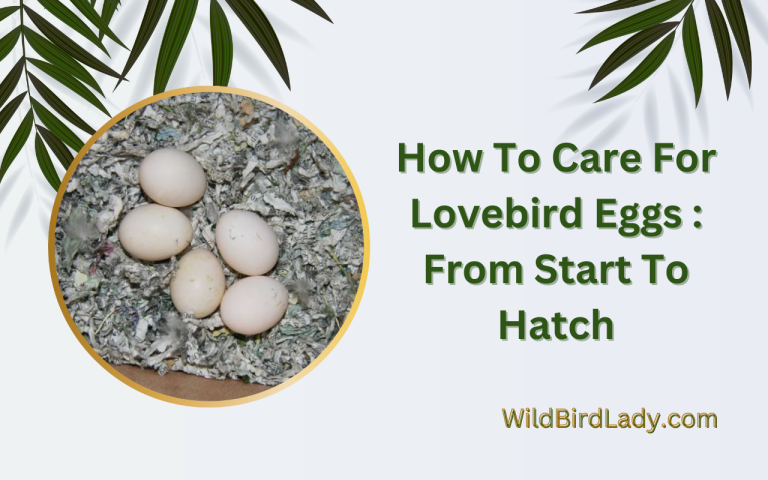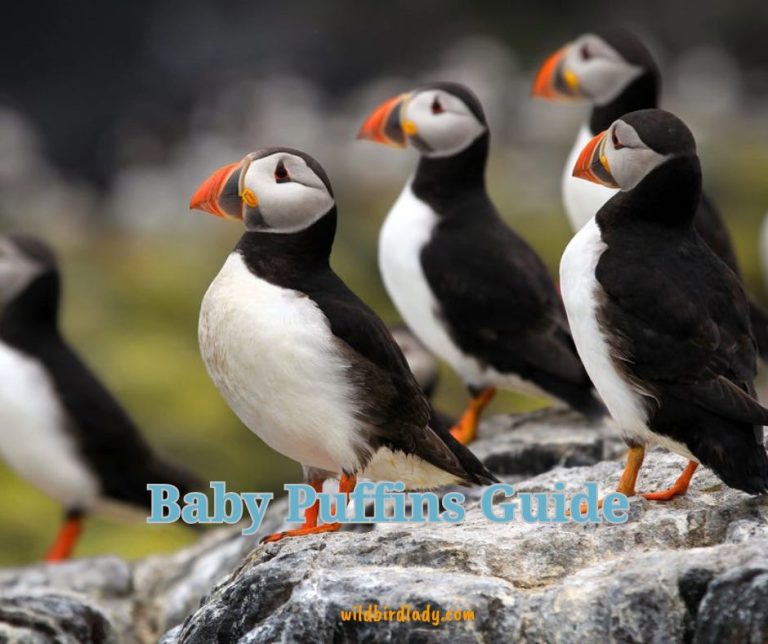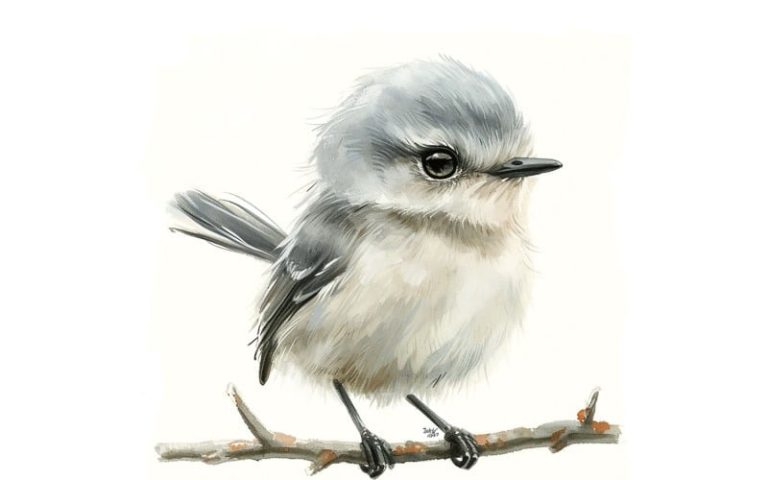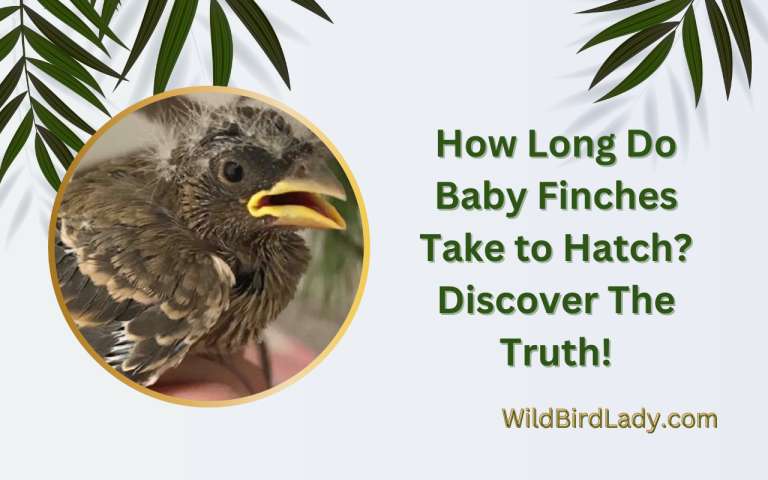Baby Pelican Facts: What They Look Like, Eat, and How They Grow So Big!
Pelicans are among the most fascinating water birds, with their massive bills and graceful flight. But have you ever wondered what a baby pelican looks like or how it transforms into one of these magnificent birds? In this guide, we’ll uncover everything you need to know about baby pelicans—from their appearance and diet to their unique growth journey.
What Does a Baby Pelican Look Like?
Newly hatched baby pelicans, also called chicks, look nothing like the big-billed adults we’re familiar with. When they first hatch, baby pelicans are:
- Completely naked (no feathers)
- Pinkish or gray in color
- Blind and helpless, relying entirely on their parents
As they grow, baby pelicans start developing a thin covering of downy feathers. These feathers help regulate body temperature and give them a soft, fuzzy appearance. After a few weeks, they begin to grow their characteristic long bills and webbed feet.
By the time they are a month old, baby pelicans are almost unrecognizable from their hatchling stage. They are larger, more alert, and covered in thicker feathers—though still not ready to fly.
Where Are Baby Pelicans Born?
Baby pelicans are born in large colonies called breeding rookeries. These nesting areas are often located:
- On remote islands
- In mangroves
- Along lakeshores or coastal wetlands
Pelicans typically build nests on the ground or in low trees. A female usually lays 1 to 3 eggs, and both parents take turns incubating them for about 30 days.
Interestingly, only the strongest chick often survives, especially in species where food is scarce. This natural selection ensures that at least one baby pelican gets enough nourishment to grow.
What Do Baby Pelicans Eat?
The diet of a baby pelican depends entirely on its parents, especially during the early stages of life. In the first few days after hatching, chicks are extremely vulnerable and cannot feed themselves. During this period, pelican parents feed their young by regurgitating partially digested fish directly into the chick’s mouth. This food is soft, warm, and nutrient-dense, making it ideal for the chick’s underdeveloped digestive system.
As baby pelicans grow stronger, their feeding becomes more interactive. By the second or third week, chicks begin to show more initiative during feeding. They learn to:
- Reach deep into their parents’ pouches to scoop out freshly caught fish, sometimes even climbing into the parent’s bill in search of food.
- Swallow small whole fish provided by the parent, rather than relying solely on regurgitated meals.
- Mimic adult feeding behavior by lunging, snapping their bills, and shaking food around—these playful actions help them prepare for future fishing.
As baby pelicans approach fledging age, they require a substantially larger quantity of food. A growing chick can consume several pounds of fish per day, including species like minnows, mullet, anchovies, and even small crustaceans. The high-protein and high-fat content of these meals is essential for supporting the rapid development of muscles, feathers, and energy reserves needed for flight.
In colonies, competition for food can be intense. Chicks will often jostle for position when a parent returns to the nest with a full pouch. The loud vocalizations and physical pecking order play a role in determining which chick gets fed first, and how much.
Ultimately, the feeding strategy of baby pelicans ensures that they not only survive but thrive in harsh environments, growing quickly enough to take flight within just a few months.
How Fast Do Baby Pelicans Grow?
One of the most astonishing things about baby pelicans is how quickly they grow. According to the Cornell Lab of Ornithology and Audubon Society, pelican chicks experience some of the most rapid growth among large birds, doubling in size within the first 7–10 days (source).
Here’s a breakdown of their growth timeline:
- Week 1–2: Still featherless, their eyes begin to open. Chicks are entirely dependent on parental warmth and feeding. During this phase, growth is primarily focused on internal development and initial weight gain.
- Week 3–4: Chicks are now covered in down feathers and begin stretching their wings. They remain in the nest but start becoming more active and alert. Weight increases significantly, with chicks reaching over 2 pounds in some species (U.S. Fish & Wildlife Service).
- Week 6–8: Juveniles begin developing flight feathers and engage in regular wing-flapping to strengthen their pectoral muscles. At this point, they may weigh nearly as much as an adult, particularly in larger species like the American White Pelican, which can reach 10–15 pounds (Audubon).
- Week 10–12: Fledging occurs. Chicks make their first flights and begin to accompany adults on short trips, gradually learning to forage. Their wingspan by this stage can span over 6 feet in some species.
By the time they are around three months old, most baby pelicans are ready to leave the nest permanently and begin their semi-independent lives. However, they may still rely on the colony for safety and social learning for several more weeks.
This accelerated growth is fueled by their high-protein diet and constant care from both parents. It’s an evolutionary advantage that ensures pelicans develop quickly in their often exposed nesting environments, where threats from predators and weather are ever-present.
Do Baby Pelicans Make Noise?
Unlike many birds, adult pelicans are generally quiet. However, baby pelicans are known to be quite vocal. They use grunting, squealing, and peeping sounds to communicate:
- Hunger
- Discomfort
- Alerting parents of their presence
These calls help parents locate and feed them more efficiently in crowded rookeries.
How Long Do They Stay With Their Parents?
After fledging (leaving the nest), baby pelicans often stay with their parents or within the colony for a few more weeks. During this time, they:
- Learn how to fish by observing adults
- Improve their flying skills
- Build up strength and coordination
Eventually, they’ll disperse and join other young pelicans in foraging groups. Full maturity takes a few years, depending on the species.
Types of Pelicans and Their Babies
There are eight species of pelicans worldwide. In the U.S., you’re most likely to encounter:
1. American White Pelican
- Hatchlings are pink, then white as feathers develop
- Grow very large (up to 30 pounds as adults)
2. Brown Pelican
- Babies have dark skin and feathers
- Nest in coastal areas, often in trees
Despite differences in appearance and habitat, all baby pelicans follow a similar growth pattern.
Final Thoughts: Why Baby Pelicans Are So Fascinating
Baby pelicans may start life looking awkward and fragile, but their transformation is nothing short of amazing. From helpless hatchlings to strong, soaring birds, the journey of a baby pelican is filled with incredible milestones. Whether you spot them in the wild or learn about them from afar, these baby birds offer a wonderful glimpse into nature’s brilliance.
Frequently Asked Questions (FAQ) About Baby Pelicans
Q: What is a baby pelican called?
A: A baby pelican is called a chick.
Q: How long do baby pelicans stay in the nest?
A: Baby pelicans typically stay in the nest for around 10 to 12 weeks before they begin to fledge.
Q: Do both pelican parents care for the chick?
A: Yes, both the male and female pelican share duties of incubation and feeding their young.
Q: How many chicks does a pelican usually have?
A: A female pelican usually lays 1 to 3 eggs, but typically only one chick survives to fledging due to competition for food.
Q: Are baby pelicans born with feathers?
A: No, they are born featherless and pink or gray in color. Feathers begin to develop after the first week.
Q: Can baby pelicans swim?
A: Not immediately. Chicks remain in the nest and rely on parents for warmth and food until they develop feathers and strength.
Q: What threats do baby pelicans face?
A: Predators, food scarcity, sibling rivalry, and harsh weather conditions are common threats.
Q: When do baby pelicans learn to fly?
A: Most chicks begin to fly around 10 to 12 weeks of age.
If you enjoyed this guide, be sure to check out our in-depth article on Baby Robin Guide: What They Look Like, Eat & When They Leave the Nest

